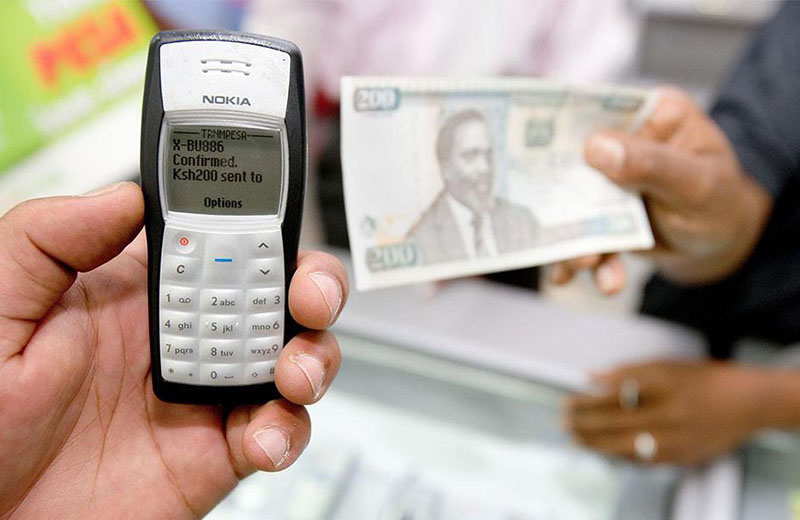
Over the last decade, Kenya has witnessed significant technological growth, with the country now considered among the leading nations on that front in Africa.
Dubbed Silicon Savannah, the East African nation has become the reference point for technological advancement not only in the region but also on the entire continent.
Kenya is not about to relent in its quest to become the technology haven on the continent, with the government committing $210 million of the 2021/2022 budget to ICT.
Amongst the major tech projects include the continuing development of the Konza Technopolis, Kenya’s premier smart city, and the maintenance of the National Optic Fibre Backbone Phase II Expansion Cable.
At the heart of Kenya’s rise as a regional power is a booming FinTech industry.
Yes, other factors have played their parts in Kenya’s tech surge, most notably mobile penetration, better internet connection, and a governmental commitment to tech innovation and entrepreneurship, but arguably, the bond that has tied all of these together is the rapidly improving financial inclusion in the country.
With Kenyans now able to send and receive money easily, more people are encouraged to establish their start-ups and businesses, safe in the knowledge that there wouldn’t be a problem in conducting transactions.
Kenya is said to have the second-largest mobile money market in the world, after China, with the country boasting 35 million subscribers as of 2021, according to figures released by the Kenya National Bureau of Statistics.
Mobile money transactions in Kenya rose to a staggering Ksh15.3 trillion in 2021, as against Ksh. 9.4 trillion in the previous year. This is by far the highest in Africa, with Ghana coming in as a distant second.
Those numbers will only continue to skyrocket as the years go by.
Spearheaded by Safaricom and its monstrous mobile service, M-Pesa, Kenya has become a global mobile money giant.
Figures released by the Central Bank of Kenya show that M-Pesa commands over 99% of the Kenyan mobile money market, with other providers like Airtel and Telkom left to battle for the remainder.
Thanks to mobile money, Kenya’s FinTech industry has undergone a complete transformation. This has a direct influence on the growth of many other sectors of the economy, including power, telecoms, agriculture, and online betting.
According to the sports betting affiliate marketing site, My Betting Sites Kenya, the majority of betting operators in Kenya have M-Pesa as their major deposit and withdrawal method.
Safaricom recently revealed that Kenyans spend a daily average of Ksh463-million on betting via M-Pesa, thus making sports betting the second largest revenue generator for the company after business-to-consumer payments.
This is just a reflection of how big the Kenyan mobile money market has become.
Mobile money has empowered Kenyans, strengthened the economy, and by extension increased the tax revenue generated by the Kenyan government.
That revenue has been directed into other projects, majorly the creation and development of infrastructure.
Mobile money has set up a chain of events that has ultimately driven Kenya to the forefront of tech advancement in Africa.
By Staff Writer.